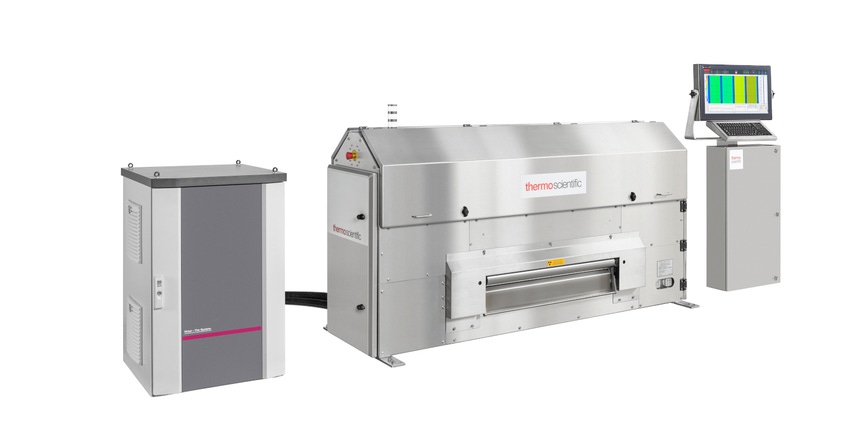Thermo Fisher Scientific Debuts In-line Metrology Solution to Improve Battery Performance, Safety
This is a first in a new generation of battery process metrology tools.

Thermo Fisher Scientific has come out with the new LInspector Edge In-line Mass Profilometer, for full-width electrode mass loading measurement.
The LInspector Edge analyzer introduces the next generation of metrology capabilities through a new analytical technique, in-line mass profilometry, measuring complete edge-to-edge coating profiles in milliseconds with unprecedented resolution and precision.
Uniform, defect-free coatings are essential for superior battery performance, for gaining higher charge densities, faster recharge times, longer operational lifetime, and better reliability. In contrast to traditional in-line coating weight measurement gauges, the LInspector Edge In-line Mass Profilometer measures the entire electrode in real-time, at full production speed, offering more complete insights for battery manufacturers.
“Superior batteries, particularly for electric vehicles, are critical to society’s planned transition to clean energy,” said Miguel Faustino, president of Chemical Analysis at Thermo Fisher Scientific. “... The LInspector Edge In-line Mass Profilometer sets a new benchmark for electrode coating analysis and provides a foundation for higher performance batteries, reduced risk to quality, better process control, and more profitable operation.”
With a greater insight into mass loading of active material on the coating edges and a complete mapping of mass loading on the entire electrode, battery manufacturers can benefit from previously unobtainable richness of data for production control and full traceability for each electrode patch, stripe, or roll, allowing them to meet quality requirements for energy storage devices.
In the past, the battery industry relied on industry standard coating weight scanning technologies, which typically only inspect the loading on a small fraction of the electrode surface area.
About the Author(s)
You May Also Like




